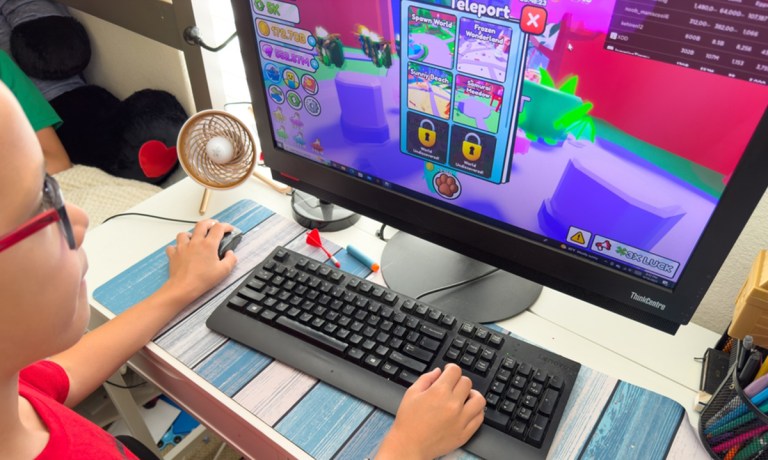
Many gamers are open to making purchases while they explore their favorite virtual worlds, and retailers are seizing on the opportunity.
Most recently, Walmart launched a store within the world of Roblox Monday (April 29) where consumers can buy virtual items and have the real product shipped to them, Digiday reported.
“We are excited to start testing real-world commerce as a key step towards enabling it in the future for our community of creators and brands,” Enrico D’Angelo, vice president of product, Economy, at Roblox, told the outlet. “…[O]ur goal is to gather feedback, test the technology and learn what resonates with Gen Z customers the most when it comes to shopping for physical items.”
Many consumers are open to integrating shopping into their leisure routines, according to PYMNTS Intelligence’s “HowWe Will Pay Report: How Connected Devices EnableMultitasking Among Digital-FirstConsumers.” The study, which drew from a survey of more than 4,600 U.S. adults, found that among the 76% of consumers who use connected devices to multitask while engaged in leisure activities, 1 in 3 do so to shop.
Additionally, the study revealed, among the 95% of consumers who own connected devices, 26% would be interested in an internet-connected buying experience wherein, if they are playing a video game on their mobile device, they can buy a real product that is automatically shipped to their home and charged to their account on file. Plus, 5% of connected device owners already do this.
By placing their products in popular video games, retailers can expose their brands to gaming platforms’ large user bases. This exposure can lead to increased brand recognition as well as conversion among new audiences.
Additionally, these games often have specific demographics and target audiences — typically younger, highly digitally connected consumers. By partnering with video game companies, retailers can effectively target their marketing efforts toward these demographics, ensuring that their products are reaching the right audience.
Brands ranging from Chipotle to Dolce&Gabbana have used video game partnerships to reach these demographics.
In a 2021 interview with PYMNTS, Scott Boatwright, Chipotle’s then-chief restaurant officer (now chief operating officer), discussed the value of the brand’s gaming partnerships.
“I don’t know that there’s a better consumer to really target,” Boatwright said. “It’s a growing universe of people who are fanatic about the things that they want in their life.”
Plus, integrating real-world products into video games through in-game advertisements or virtual storefronts allows retailers to showcase their products in a natural and non-intrusive way. This form of product placement can be highly effective in driving interest and sales.
Granted, there may be such a thing as too much virtual immersion.
“Most people — as in mostly all of them — don’t want to give up the physical world to live mainly via avatars in a virtual one,” PYMNTS’ Karen Webster wrote in a feature last year. “Even though most — as in mostly all of them — very much want to use technology to improve their interactions with people and businesses in the physical world where they live right now.”
For all PYMNTS retail coverage, subscribe to the daily Retail Newsletter.